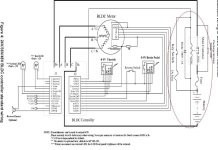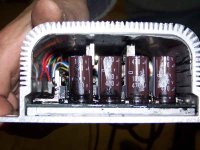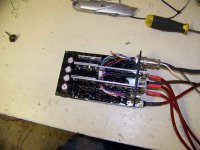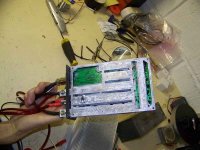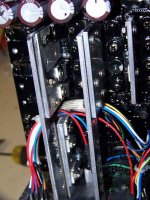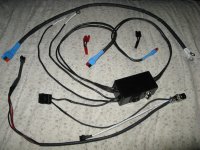oatnet
1 MW
ryis thread is for two purposes – one to document the basic wiring a Kelly BLDC controller with an xlyte (with possible side paths in how NOT to implement  ), and I am stuck and could really use the help of someone smarter than me.
), and I am stuck and could really use the help of someone smarter than me.
I purchased a Kelly KBL72101 BLDC controller – 72v/60a continuous, which is plenty of watts for my current project. My pre and post-sales emails went unanswered, but I ordered from the online store and it arrived from overseas in 9 days, 6 days faster than expected. The controller arrived neatly and securely packaged, with plugs for connectors J1 and J2, (pin 1 was broken in one of the plugs) and a couple of electrical components.
First off, For your Viewing Pleasure, some pictures of the Kelly side-by-side with an xlyte 72v20a and xlyte 72v40a “old style†controllers (click to expand images).
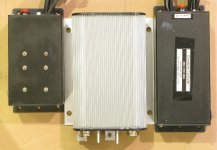



I purchased a Kelly KBL72101 BLDC controller – 72v/60a continuous, which is plenty of watts for my current project. My pre and post-sales emails went unanswered, but I ordered from the online store and it arrived from overseas in 9 days, 6 days faster than expected. The controller arrived neatly and securely packaged, with plugs for connectors J1 and J2, (pin 1 was broken in one of the plugs) and a couple of electrical components.
First off, For your Viewing Pleasure, some pictures of the Kelly side-by-side with an xlyte 72v20a and xlyte 72v40a “old style†controllers (click to expand images).








